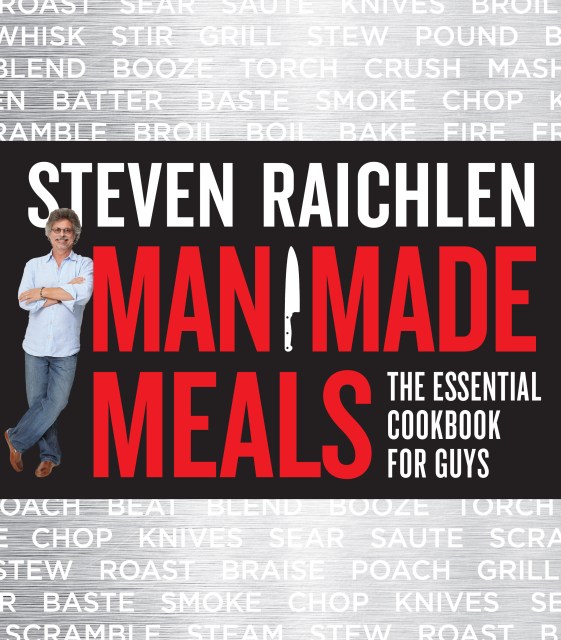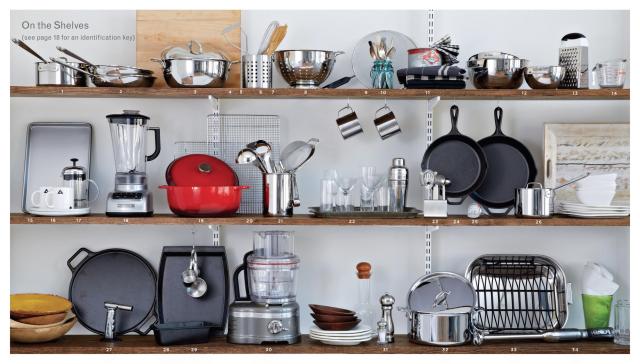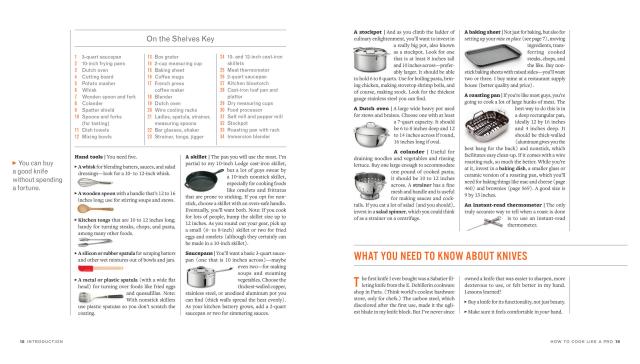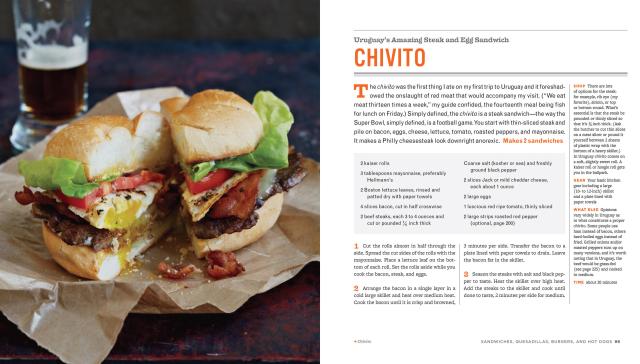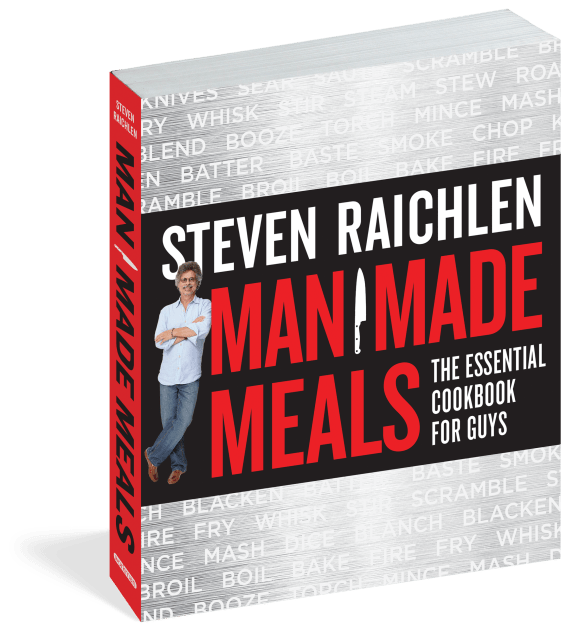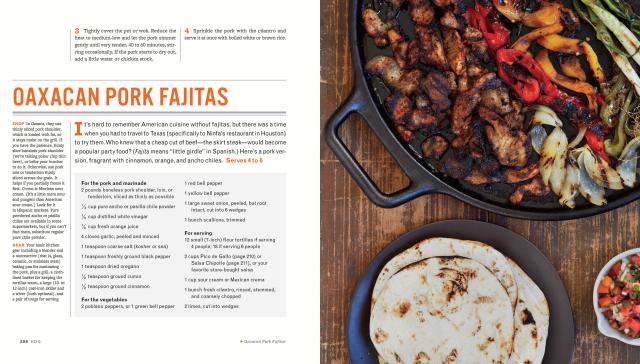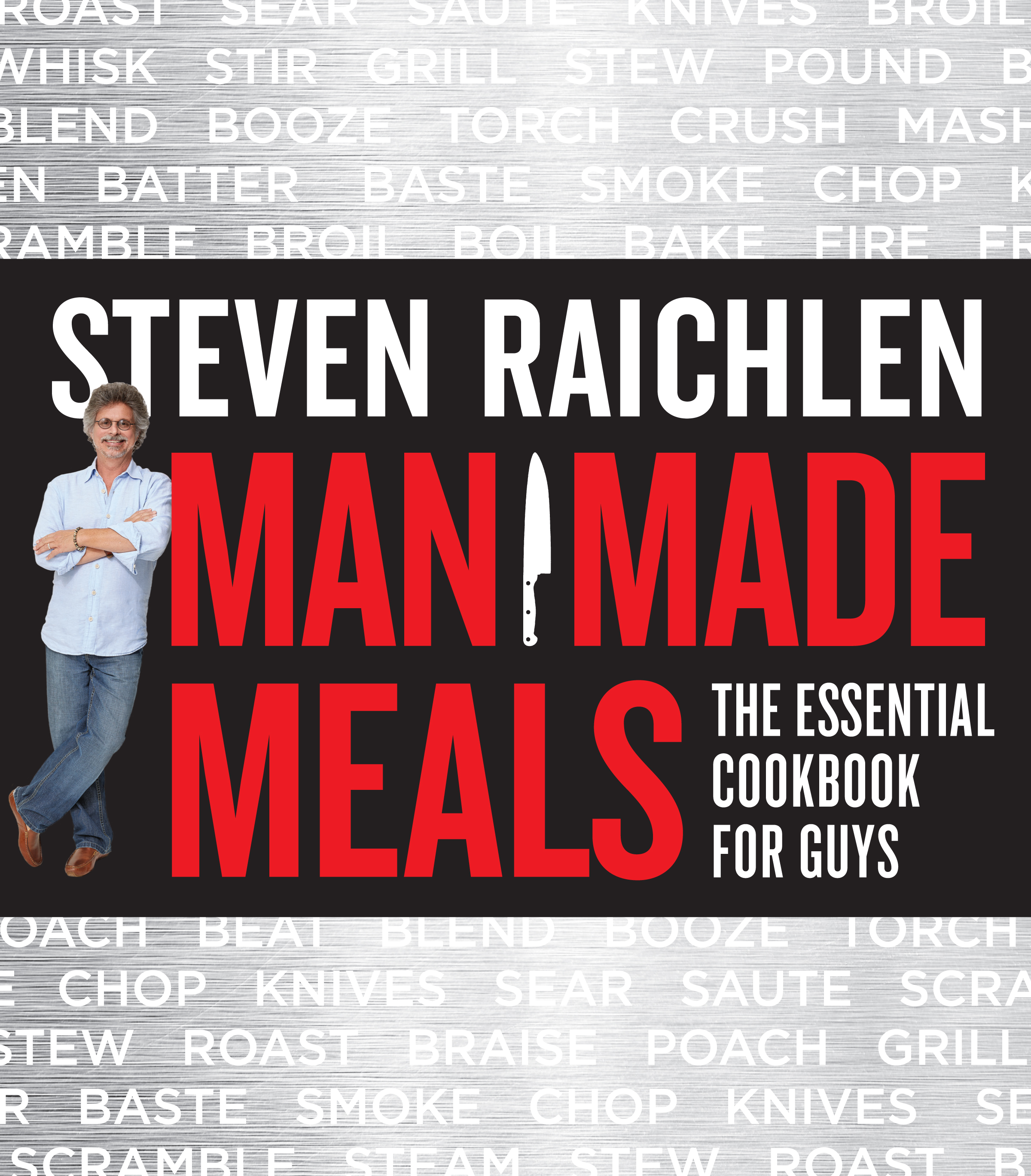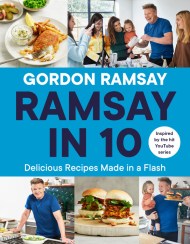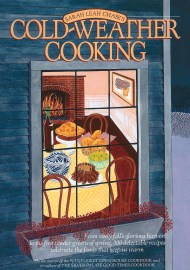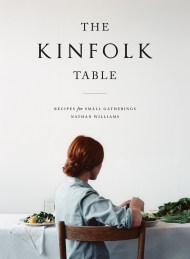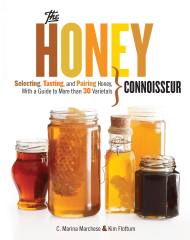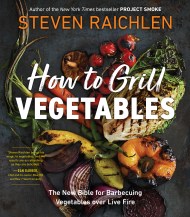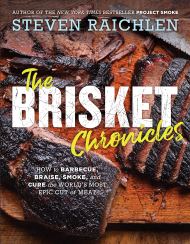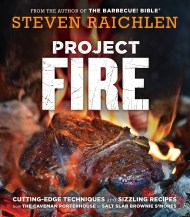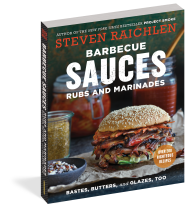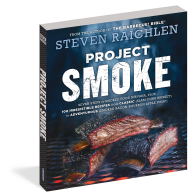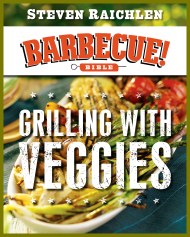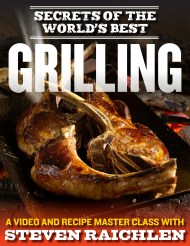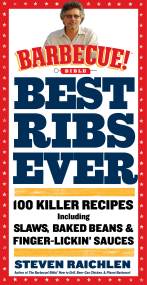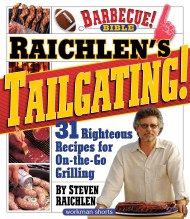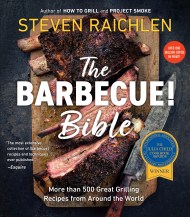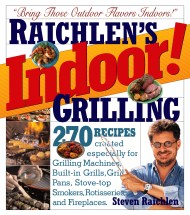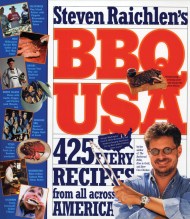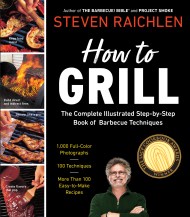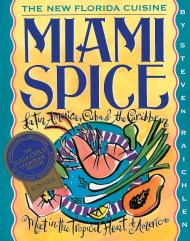Man Made Meals
The Essential Cookbook for Guys
Contributors
Formats and Prices
Price
$24.95Price
$30.95 CADFormat
Format:
- Trade Paperback $24.95 $30.95 CAD
- ebook $12.99 $16.99 CAD
This item is a preorder. Your payment method will be charged immediately, and the product is expected to ship on or around May 6, 2014. This date is subject to change due to shipping delays beyond our control.
Also available from:
Steven Raichlen really knows the pleasure men get from cooking, the joy they take in having the skills, the need to show off a little bit. His Barbecue! Bible books have over 4.7 million copies in print—and now he leads his readers from the grill into the kitchen. Like a Joy of Cooking for guys, Man Made Meals is everything a man needs to achieve confidence and competence in the kitchen.
Man Made Meals is about the tools and techniques (guess what, grillers, you still get to play with knives and fire.) It’s about adopting secrets from the pros—how to multitask, prep before you start cooking, clean as you go. It’s about understanding flavor and flavor boosters, like anchovies and miso, and it’s about essentials: how to shuck an oyster, truss a chicken, cook a steak to the desired doneness. It’s about having a repertoire of great recipes (there are 300 to choose from), breakfast to dessert, to dazzle a date, or be a hero to your family, or simply feed yourself with real pleasure. These are recipes with a decided guy appeal, like Blowtorch Oatmeal, Fire-Eater Chicken Wings, Black Kale Caesar, Down East Lobster Rolls, Skillet Rib Steak, Porchetta, Finger-Burner Lamb Chops, Yardbird’s Fried Chicken, Blackened Salmon, Mashed Potatoes Three Ways, and Ice Cream Floats for Grown-Ups.
Genre:
- On Sale
- May 6, 2014
- Page Count
- 640 pages
- Publisher
- Workman Publishing Company
- ISBN-13
- 9780761166443
Newsletter Signup
By clicking ‘Sign Up,’ I acknowledge that I have read and agree to Hachette Book Group’s Privacy Policy and Terms of Use
